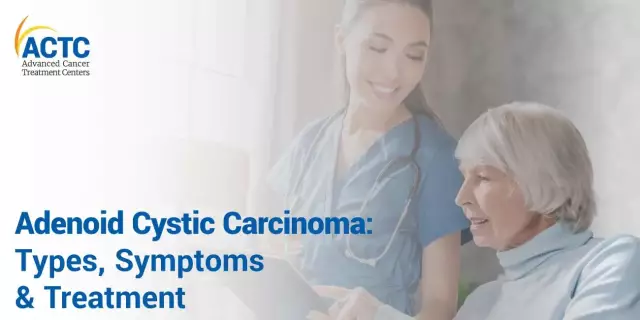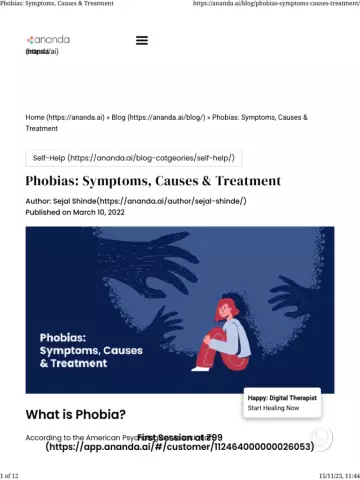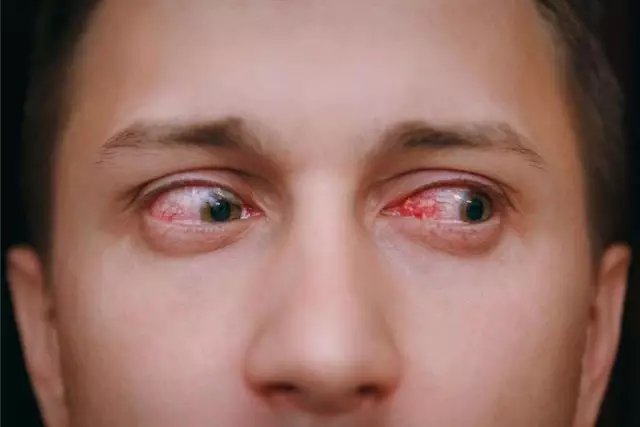- Author Rachel Wainwright [email protected].
- Public 2023-12-15 07:39.
- Last modified 2025-11-02 20:14.
Hyperkinesis

The human body is a kind of complex mechanism. Its normal work is ensured by the close interaction of numerous muscles with the central nervous system. Contractions or relaxation of the muscles in a specific sequence allow the human body to carry out all kinds of movements. Any disturbances in the work of numerous muscles, as a rule, are associated with inadequacy of their "control" of the brain. As a result of such a failure, sudden short-term contractions of the muscles often appear - hyperkinesis. They occur in organic and functional brain lesions and have different types.
Hyperkinesis, types
Violent movements, independent of a person's will, can appear in different muscle groups. Hyperkinesis, of which there are a lot of types, are classified according to such signs as the location of the lesion, clinical manifestations, the duration of the attacks, and their frequency. In this case, the following options for involuntary movements are most common:
- Tremor. This hyperkinesis is manifested by small tremors of the whole body or of its individual parts. The muscles of the hands and fingers, as well as the head, are most often affected;
- Tiki. Involuntary movements are unnatural and stereotyped and intensify with excitement. Hyperkinesis is manifested by short, sharp and usually repetitive jerking of the head, trunk, facial muscles, arms, or legs;
- Choreic hyperkinesis. Unnatural, chaotic movements occur simultaneously in the muscles of the arms and legs. A similar condition can occur with rheumatism, hereditary degenerative diseases, as well as during pregnancy;
- Facial blepharospasm, paraspasm and hemispasm. Hyperkinesis, the types of which are diverse, affect the facial muscles and are manifested by smooth or sharp twitching;
- Torsion spasm. This pathology significantly limits the motor capabilities of a person. Increased muscle tone leads to a specific picture of the disease: the body turns around its axis as a result of slow, corkscrew-like movements. Another variant of muscle spasm in hyperkinesis is spastic torticollis, which is accompanied by a tilt or turn of the head to one side.
Hyperkinesis in children
Involuntary muscle movements can occur in both adults and children. Moreover, in childhood, hyperkinesis most often has a teak-like shape. The main symptoms of pathology are brief, repetitive contractions of individual muscles of the face. Such unnatural movements are significantly increased when the child is overworked or worried.
Another type of motor pathology inherent in childhood is choreic hyperkinesis. This affects the muscles of the head and shoulders, which periodically twitch. Hyperkinesis requires differential diagnosis with epilepsy, also accompanied by involuntary muscle contractions. It can be very difficult to distinguish between similar conditions in young children, since parents cannot accurately describe the symptoms. This can lead to misinterpretation of the data and misdiagnosis.
Various stressful situations play an important role in the occurrence of hyperkinesis in children. Moreover, for adults, they do not seem like that. However, for example, the beginning of a visit to kindergarten, especially entering the first grade - these are quite compelling reasons explaining the appearance of involuntary violent movements. Infections and traumatic brain injury can also cause hyperkinesis in children.
Hyperkinesis, treatment
Violent muscle movements occur for different reasons and have different clinical manifestations. They often significantly complicate a person's life. Regardless of the type of hyperkinesis, treatment should be comprehensive. First of all, rather long-term conservative therapy is carried out. In this case, anti-inflammatory drugs are used, as well as drugs that improve blood circulation and metabolism of brain tissue.
The appearance of hyperkinesis is often due to the increased emotionality and impressionability of patients. In this regard, sedatives are actively used in the treatment. However, such drugs have many side effects: they cause drowsiness, stiffness, allergic reactions, and a decrease in blood pressure. This leads to significant difficulties in the healing process.

To achieve a positive result in hyperkinesis, general strengthening procedures are recommended, which allow maintaining the normal tone of the muscles of the body. First of all, this is physiotherapy exercises, regular stay in the fresh air, baths with a calming effect. A balanced diet is of great importance for the normalization of well-being; it should include a sufficient amount of vitamins and vital trace elements.
With torsion dystonia and some other types of hyperkinesis, treatment requires the use of orthopedic devices and appropriate shoes. In severe cases, in the absence of an effect from medical measures, surgical treatment is indicated, which is carried out by neurosurgeons.
Muscles are the most important part of the human body. The central nervous system controls their complex activity, giving meaning to movements. In her work, malfunctions can occur, the result of which is hyperkinesis, that is, uncontrolled muscle movements. Various reasons can serve as a provoking factor. However, the most common among them are stress. In modern life, it is difficult to avoid situations that require increased nervous tension. Given this, it is necessary to take care of maintaining the body's defenses. This concept includes not only maintaining the physical shape of the body, but also strengthening the nervous system.
YouTube video related to the article:
The information is generalized and provided for informational purposes only. At the first sign of illness, see your doctor. Self-medication is hazardous to health!






